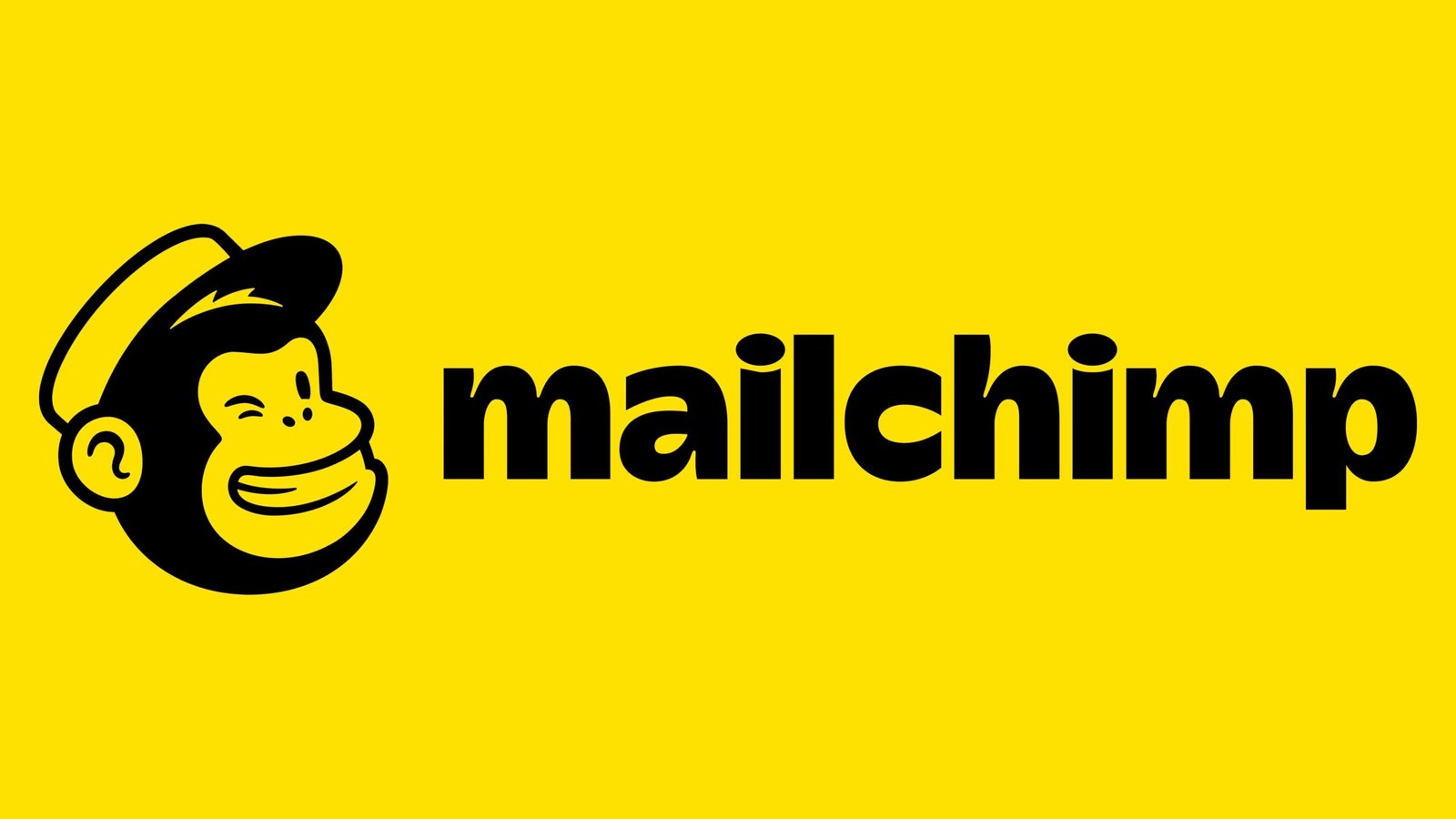Python library for educational robotics platforms.
PyRobot is an open-source Python library developed by Facebook AI Research (FAIR) in collaboration with Carnegie Mellon University, designed to simplify and accelerate robotics research and development. PyRobot provides a standardized, easy-to-use interface for controlling and interfacing with different robotic platforms, such as LoCoBot and TurtleBot. The library aims to make robotics accessible to a broader range of developers and researchers by abstracting complex hardware details and providing high-level APIs for common robotics tasks like navigation, manipulation, and perception.
Key Features:
- High-Level Python API: Provides a user-friendly Python API that simplifies the control of robots, allowing developers to focus on high-level tasks like motion planning, grasping, and perception rather than low-level hardware interfacing.
- Platform Agnostic: Supports multiple robotic platforms, including LoCoBot, TurtleBot2, and TurtleBot3, enabling developers to write code that is portable across different robots.
- Pre-Built Robotics Algorithms: Comes with built-in implementations of common robotics algorithms for tasks such as SLAM (Simultaneous Localization and Mapping), path planning, inverse kinematics, and object manipulation, accelerating development.
- Sensor Integration: Provides support for various sensors, such as RGB-D cameras, LiDAR, and IMUs, facilitating the integration of perception capabilities into robotics applications.
- Real and Simulated Environments: Supports both real robots and simulated environments, allowing developers to prototype and test their algorithms in simulation before deploying them to physical hardware.
- Open-Source and Extensible: Fully open-source and designed to be modular, allowing developers to extend its capabilities by adding new algorithms, sensors, or robotic platforms.
- Integration with ROS: Built on top of ROS (Robot Operating System), making it compatible with ROS-based tools and libraries, and allowing for easy integration into existing ROS-based projects.
- Learning-Friendly Environment: Designed to be beginner-friendly, providing extensive documentation, tutorials, and example code, making it suitable for students, educators, and researchers new to robotics.
Benefits:
- Simplifies Robotics Development: Abstracts away the complexities of hardware control and provides high-level interfaces, making it easier for developers to implement robotics applications without needing deep expertise in robotics.
- Accelerates Prototyping and Testing: Allows rapid prototyping of robotics algorithms and applications in both simulated and real-world environments, reducing development time and cost.
- Facilitates Collaboration and Reproducibility: Offers a standardized platform for robotics research, enabling researchers to share code, reproduce experiments, and collaborate more effectively.
- Promotes Accessibility and Education: Makes robotics more accessible to beginners and educators by providing a simplified interface, extensive tutorials, and support for widely available hardware platforms.
- Supports a Wide Range of Applications: Suitable for various robotics tasks, from autonomous navigation and object manipulation to computer vision and human-robot interaction.
Strong Suit: PyRobot’s strongest suit is its ability to simplify and standardize robotics development by providing a high-level Python API and pre-built algorithms, making it an ideal tool for both beginners and experienced researchers looking to accelerate their robotics projects.
Pricing:
- Free: PyRobot is open-source and free to use under the MIT License.
Considerations:
- Limited to Supported Platforms: Currently supports only a few specific robotic platforms (such as LoCoBot, TurtleBot2, and TurtleBot3). Users with other robots may need additional customization or development to integrate PyRobot.
- Dependent on ROS: Requires a working knowledge of ROS, as PyRobot is built on top of the ROS framework, which may present a learning curve for those unfamiliar with ROS concepts.
- Not Focused on Advanced Control: While PyRobot provides high-level APIs and algorithms, it may lack support for highly specialized or advanced control tasks that require low-level customization.
AI platform for developing autonomous machines.
Toolkit for developing and comparing reinforcement learning algorithms.
Simultaneous localization and mapping (SLAM) library for ROS.
Summary: PyRobot is an open-source Python library designed to simplify robotics development by providing high-level APIs, built-in algorithms, and seamless integration with ROS. It is particularly well-suited for beginners, educators, and researchers looking to prototype and test robotics applications quickly on supported platforms like LoCoBot and TurtleBot. While it has some limitations regarding platform support and advanced control capabilities, its free availability, ease of use, and comprehensive support make it a valuable tool for accessible and rapid robotics development.
 Skip to content
Skip to content 













